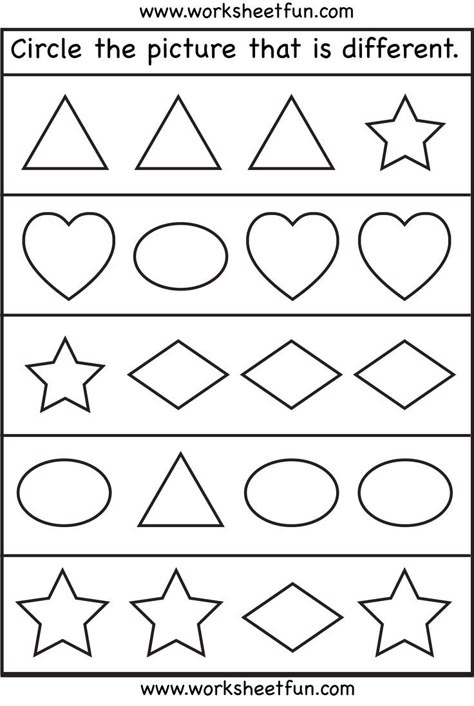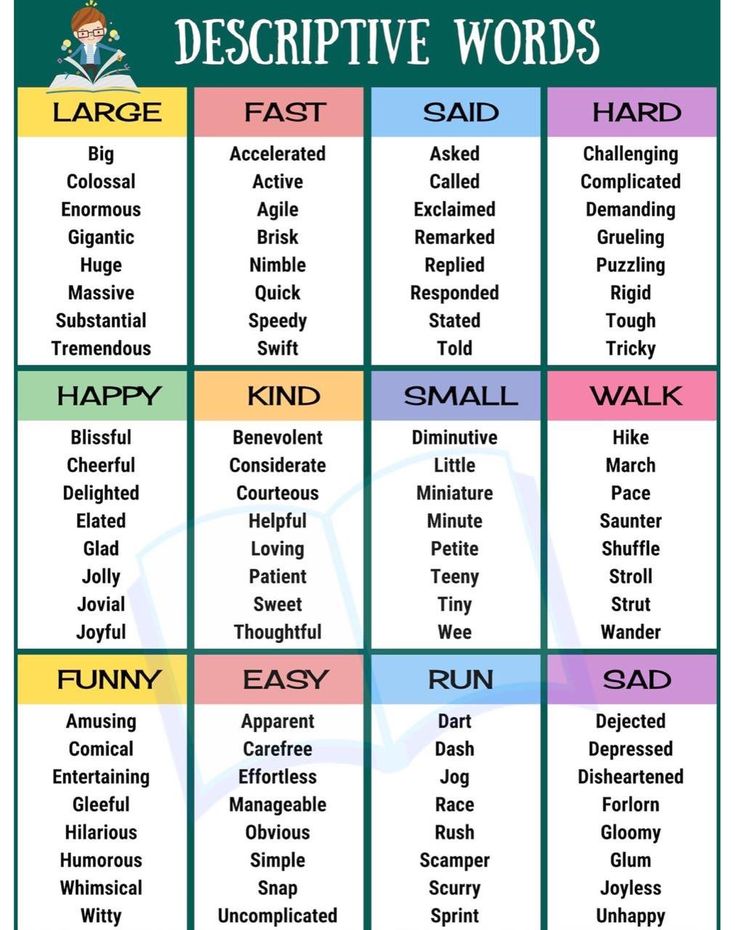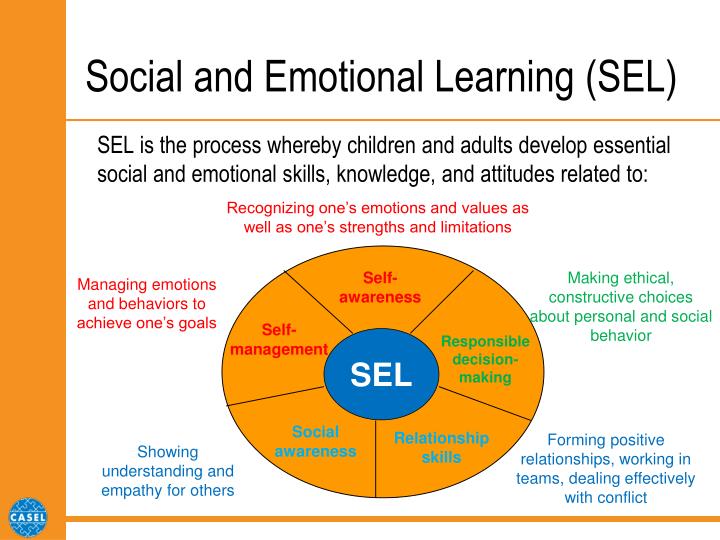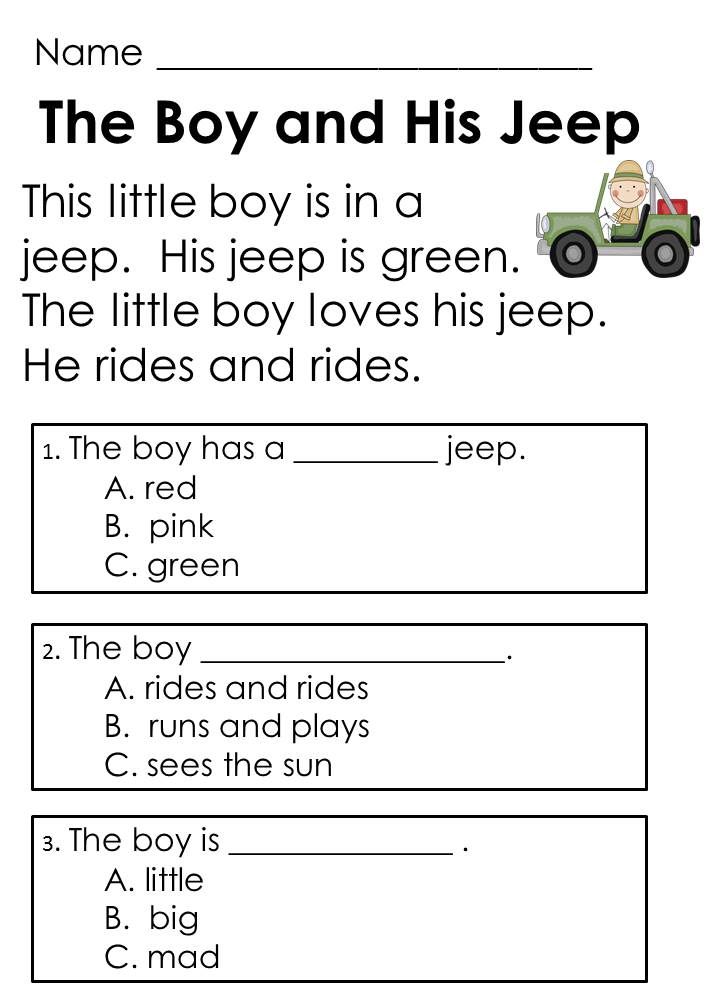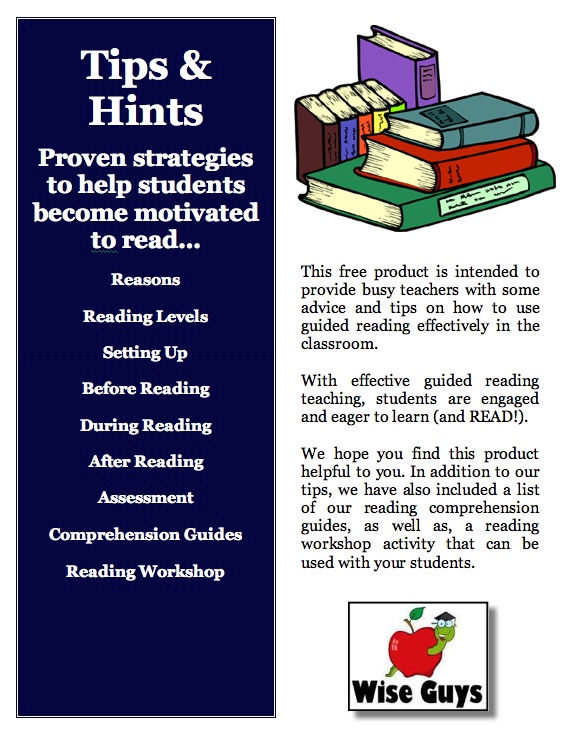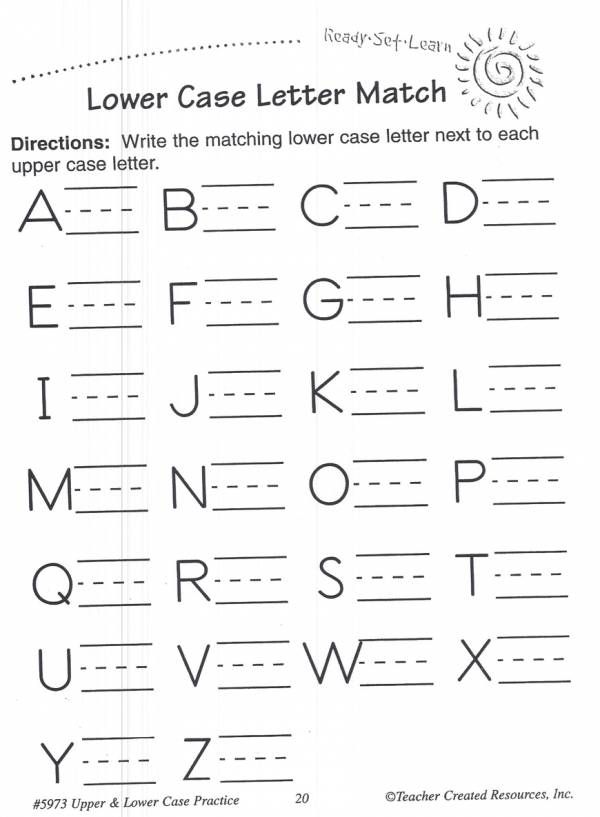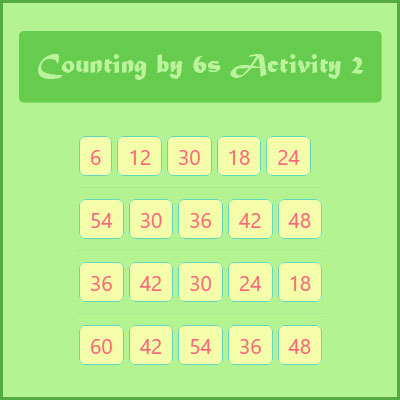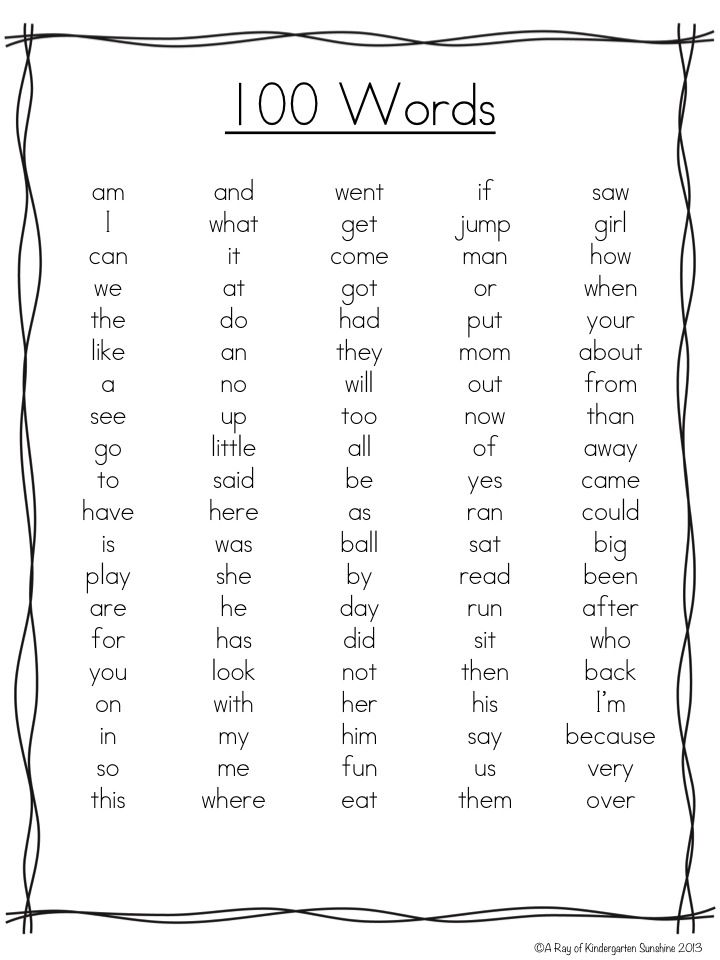Activities to learn shapes
25 Creative Activities and Ideas For Learning Shapes
Learning shapes is one of the earliest concepts we teach kids. This readies them for geometry in the years ahead, but it’s also an important skill for learning how to write and draw. We’ve rounded up our favorite activities for learning shapes, both 2-D and 3-D. They all work well in the classroom or at home.
1. Start with an anchor chart
Colorful anchor charts like these are terrific reference tools for kids learning shapes. Have kids help you come up with examples for each one.
ADVERTISEMENT
Learn more: A Spoonful of Learning/Kindergarten Kindergarten
2. Sort items by shape
Collect items from around the classroom or house, then sort them by their shapes. This is a fun way for kids to realize that the world around them is full of circles, squares, triangles, and more.
Learn more: Busy Toddler/Shape-Sorting
3.
Everyone loves a learning activity you can eat! Some food items are already the perfect shape; for others, you’ll have to get a little creative.
Learn more: Chieu Anh Urban
4. Print with shape blocks
Grab your shape blocks and some washable paint, then stamp shapes to form a design or picture.
Learn more: Pocket of Preschool
5. Go on a shape hunt
These “magnifying glasses” make an adventure of learning shapes! Tip: Laminate them for long-term use.
Learn more: Nurture Store UK
6. Hop along a shape maze
Use sidewalk chalk to lay out a shape maze on the playground or driveway. Choose a shape and hop from one to the next, or call out a different shape for every jump!
Learn more: Creative Family Fun
7. Assemble a truck from shapes
Cut out a variety of shapes (excellent scissors skills practice!), then assemble a series of trucks and other vehicles.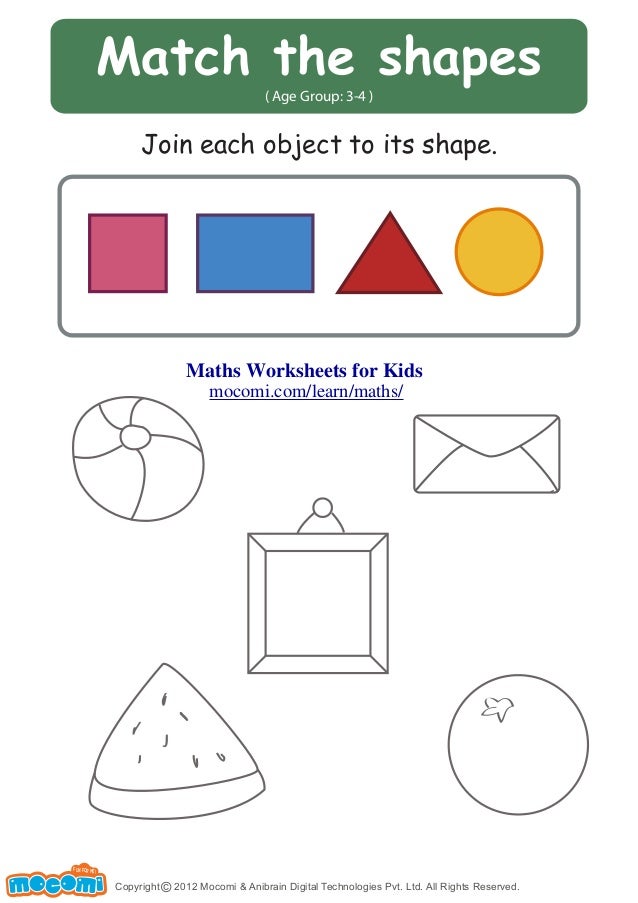
Learn more: Little Family Fun
8. Stretch out shapes on geoboards
Teachers and kids love geoboards, and they’re a great tool for learning shapes. Give students example cards to follow, or ask them to figure out the method on their own.
Learn more: Mrs. Jones’ Creation Station
9. Drive on shaped roads
Use these free printable road mats to work on shapes. Bonus: Make your own road shapes from sentence strips!
Learn more: PK Preschool Mom
10. Find shapes in nature
Take your shape hunt outside and look for circles, rectangles, and more in nature. For another fun activity, gather items and use them to make shapes too.
Learn more: Nurture Store UK
11. Put together craft stick shapes
Add Velcro dots to the ends of wood craft sticks for quick and easy math toys. Write the names of each shape on the sticks for a self-correcting center activity.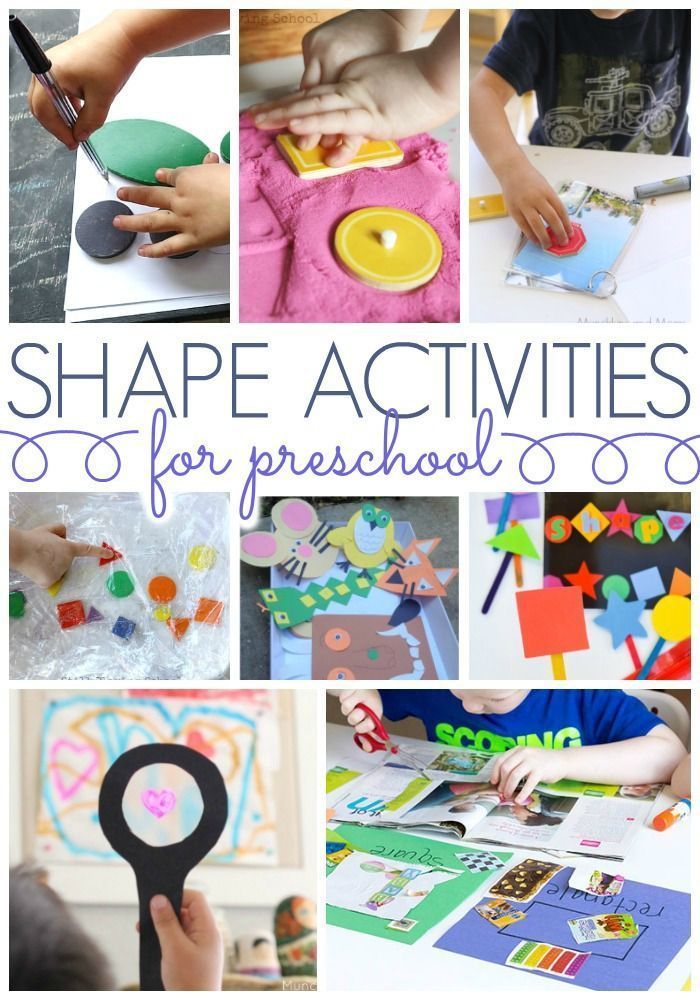
Learn more: Surviving a Teacher’s Salary
12. Blow 3-D shape bubbles
This is a STEM activity that’s sure to fascinate everyone. Make 3-D shapes from straws and pipe cleaners, then dip them in a bubble solution to create tensile bubbles. So cool!
Learn more: Babble Dabble Do
13. Prep a shape pizza
Cover a paper plate “pizza” with lots of shape toppings, then count the number of each. Simple, but lots of fun and very effective.
Learn more: Mrs. Thompson’s Treasures
14. Construct shapes from toothpicks and Play-Doh
This is an excellent STEM challenge: how many shapes can you make using toothpicks and Play-Doh? Marshmallows work well for this activity too.
Learn more: Childhood 101
15. Outline shapes with stickers
Kids adore stickers, so they’ll enjoy filling in the outlines of the shapes they’re learning. They won’t realize it, but this gives them fine motor skills practice too!
Learn more: Busy Toddler/Sticker Shapes
16.
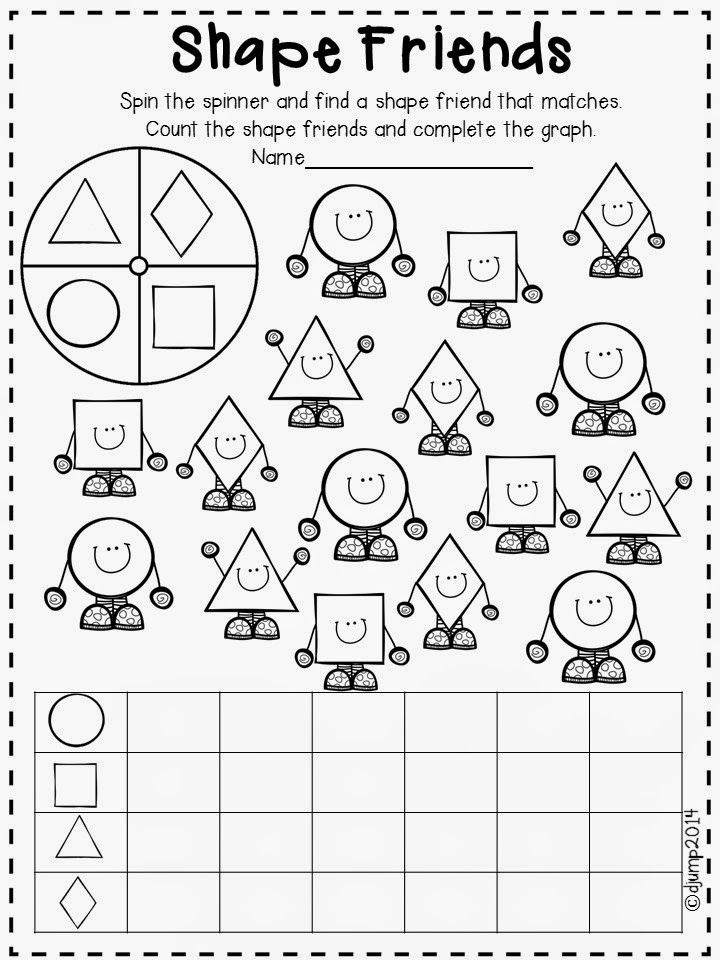 Lace shapes
Lace shapesLacing cards have long been a classic, but we really like this version that uses drinking straws. Just cut them into pieces and glue them along the edges of the cards.
Learn more: Planning Playtime
17. Make shapes with LEGO bricks
LEGO math is always a winner! This activity also makes a good STEM challenge. Can your students figure out how to make a circle from straight-sided blocks?
Learn more: Pocket of Preschool
18. Categorize shapes by their attributes
Work on geometry terms like “sides” and “vertices” when you sort shapes using these attributes. Start by placing shapes into paper bags and asking students questions like, “The shape in this bag has 4 sides. What could it be?”
Learn more: Susan Jones Teaching
19. Count and graph shapes
These free printable worksheets challenge kids to identify shapes, then count and graph them. Lots of math skills, all in one!
Learn more: Playdough to Plato
20.
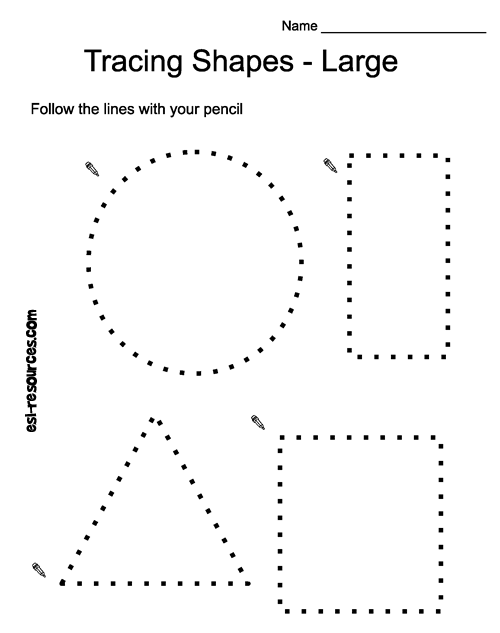 Create a shape monster
Create a shape monsterAdd arms, legs, and faces to create cheery (or scary) shape monsters! These make for a fun classroom display.
Learn more: Fantastic Fun and Learning
21. Sift through rice for shapes
Sure, kids can identify their shapes by sight, but what about by touch? Bury blocks in a bowl of rice or sand, then have kids dig them out and guess the shape without seeing them first.
Learn more: Fun With Mama
22. Craft an ice cream cone
Ice cream cones are made up of several shapes. Encourage kids to see how many different ways they can make a sphere of “ice cream.”
Learn more: Extremely Good Parenting
23. Ask “What does the shape say?”
If you don’t mind the risk of getting that song stuck in your kids’ heads, this is such a neat way to combine writing and math.
Learn more: Around the Kampfire
24. Piece together shape puzzles
Use wood craft sticks to make simple puzzles for kids who are learning their shapes.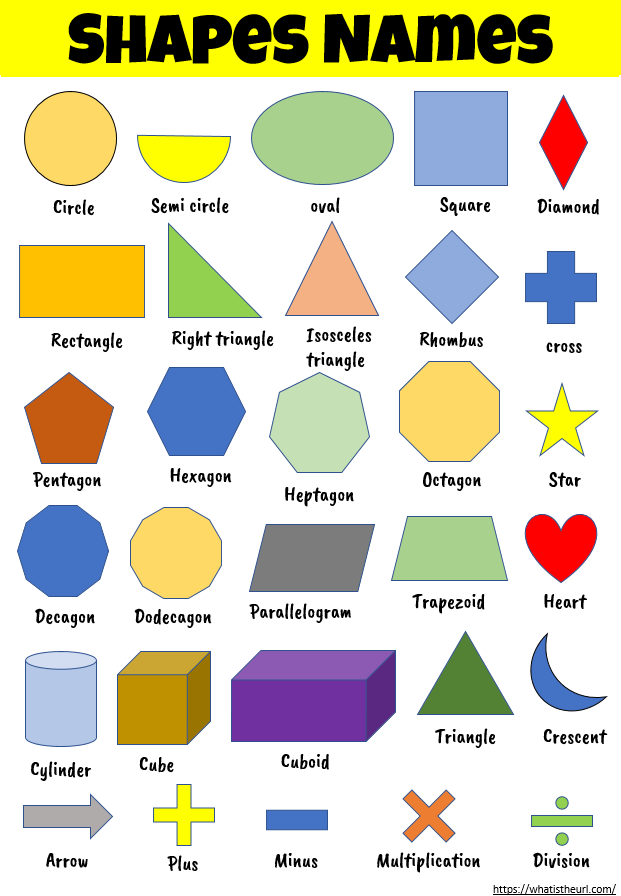 These are inexpensive enough that you can make full sets for each of your students.
These are inexpensive enough that you can make full sets for each of your students.
Learn more: Toddler at Play
25. Feed a shape monster
Turn paper bags into shape-eating monsters, then let kids fill their hungry bellies!
Learn more: Teach Pre-K
From teaching shapes to long division and everything in between, these are the 25 Must-Have Elementary Classroom Math Supplies You Can Count On.
Plus, 22 Active Math Games and Activities For Kids Who Love to Move.
27 Amazing Activities for Learning Shapes
Learning shapes is an early and important teaching concept. This is a terrific way to introduce children to problem-solving skills and pattern recognition. The learning of shapes prepares students for future math courses such as geometry. Check out these 27 amazing ideas for learning shapes!
1. Box of Chocolates
Create your very own box of chocolates with a variety of shapes.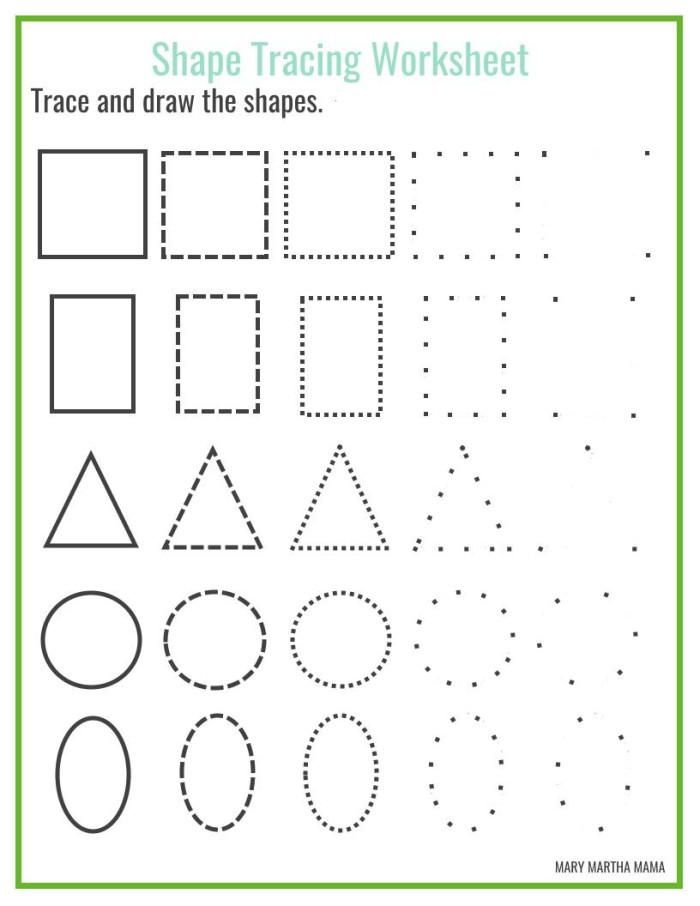 Use a stencil to cut shapes from foam board. Draw basic shapes inside a heart drawing to represent a box of Valentine’s chocolates. Students will match the foam shapes to the drawings. This is a super activity for Valentine’s Day!
Use a stencil to cut shapes from foam board. Draw basic shapes inside a heart drawing to represent a box of Valentine’s chocolates. Students will match the foam shapes to the drawings. This is a super activity for Valentine’s Day!
Learn more: Active Littles
2. Shape Bingo
Shape Bingo is a great idea for 3D shape practice! This fun activity is free and can be used in the classroom with the entire group or for classroom learning centers.
Learn more: 123 Homeschool 4 Me
3. Beanbag Shape Hop and Toss
For this engaging activity, use painter's tape to create outlines of shapes on the floor. Have your children hop from shape to shape. You can have them say the name of the shape once they hop into it. They can also throw beanbags into the shapes for more fun.
Learn more: Learn Play Imagine
4. Edible Shapes: Tic-Tac-Toe Cookies
Kids will absolutely love this shape activity.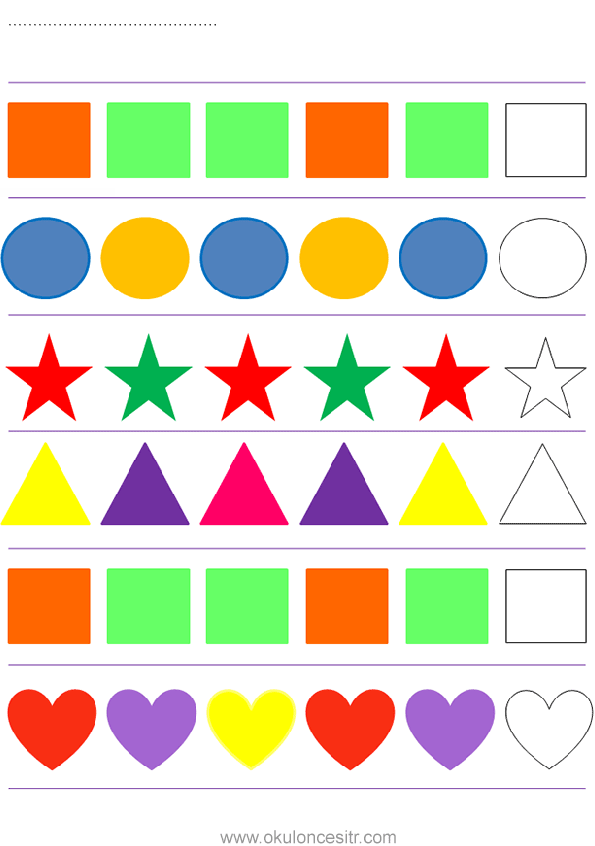 They will get to help make chocolate chip cookies shaped like X's and O's. Once they finish playing a few rounds of tic-tac-toe, they will have the opportunity to eat the delicious cookies!
They will get to help make chocolate chip cookies shaped like X's and O's. Once they finish playing a few rounds of tic-tac-toe, they will have the opportunity to eat the delicious cookies!
Learn more: The Realistic Mama
5. Shapes Sorting Suncatcher
This is a favorite shape sorter for 2 to 3-year-old children. You will need contact paper, scrapbook paper, and felt or foam shape pieces. You can make or own or purchase them.
Learn more: Happy to Shelf
6. Snowman Shape Matching
Children love building snowmen, so they will have a blast with this free snowman-themed activity! Kids will learn about shapes as they match each snowman's head to its same shaped body.
Learn more: Tot Schooling
7. Shape Art
Cut out several shapes and create a piece of art as a classroom example. Next, give each student a stack of the same shapes and have them create the same masterpiece.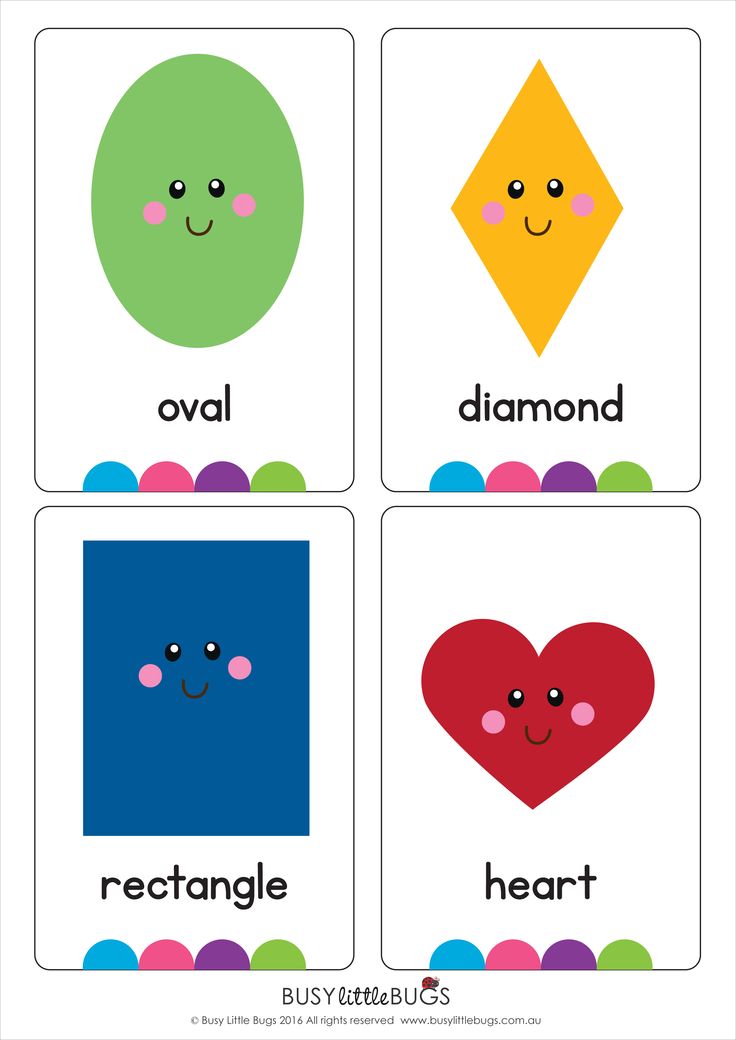 When students have completed their artwork, you will have a fun classroom display!
When students have completed their artwork, you will have a fun classroom display!
Learn more: Raising the Spenglers
8. Marshmallow Geometry
Marshmallow geometry is an engaging and fun activity for teaching children shapes. They will learn the names of 2D shapes as well as their characteristics. All you need is pretzel sticks, miniature marshmallows, markers, and card stock or construction paper.
Learn more: Playdough to Plato
9. 2D Shape Poems
Children love these shape poems! These poems are free and allow students to be introduced to a variety of key shapes. Leave these displayed in your classroom for students to see on a daily basis.
Learn more: Miss Kindergarten
10. Clip Shapes
These free shape printables are a fun activity for shape identification for preschoolers and toddlers. They will learn to be successful at shape-matching while they strengthen their fine motor skills.
Learn more: Modern Preschool
11. Ice Tray Shape Sorting
Purchase wooden circles, a plastic ice tray, and shape stickers or colored paper cut in shapes. If you use colored paper, you will also need glue to attach the shapes to the wooden circles. Children will place the wooden circles in the correct spot on the tray.
Learn more: Mess for Less
12. Shape Monsters Craft
The shapes monsters craft is so much fun for kids! They will learn about shapes and colors as they create their very own monsters. The only supplies you need are construction paper, glue, and scissors.
Learn more: Live Well Play Together
13. Circle Collage
Teach children about the circle shape. You will need colored paper, scissors, and glue to complete this activity. Have the child cut out a large circle and many small circles. The child will then glue the smaller circles on the larger circle.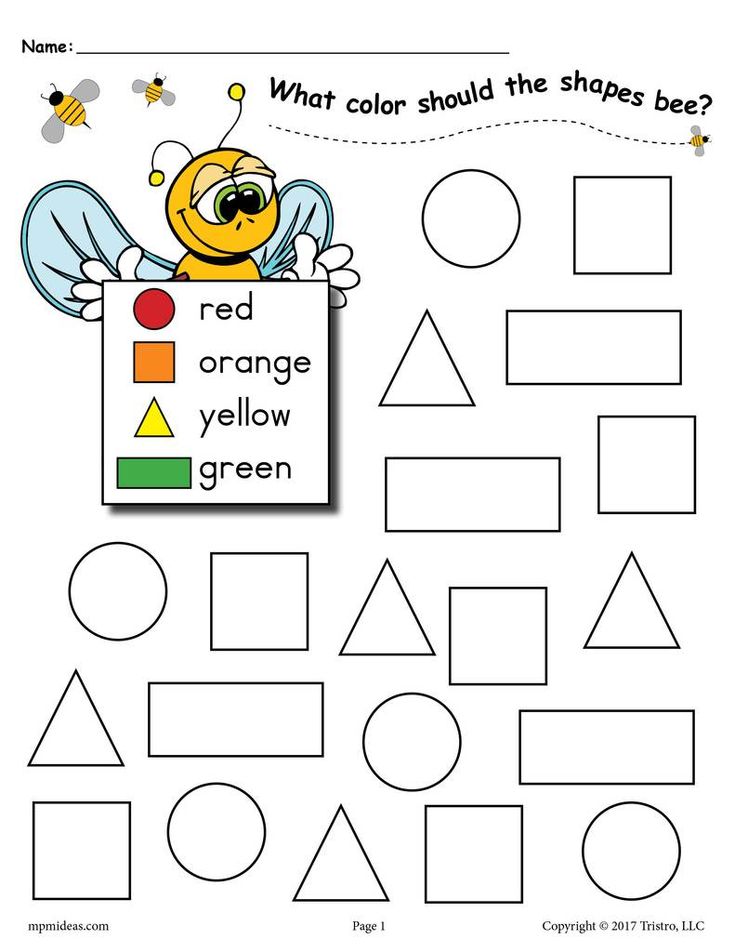
Learn more: Family Education
14. 20 Fun Shape Books
Using stories about shapes is a terrific way to teach kids all about shapes! They can learn about shape names with these books. This resource will help you find the perfect shape book to use with your child today!
Learn more: 123 Homeschool 4 Me
15. Basic Shapes Workbook
Using shape workbooks is a wonderful way to teach your children all about shapes. This workbook is created for preschoolers and offers shape guides, tracing, patterns, matching, activities, and much more. Buy yours today!
Learn more: Libro World
16. DIY Shape Puzzle
This simple shape puzzle is a DIY activity that is so easy to make. Your little one will enjoy playing with it over and over again as they learn all about basic shapes and their characteristics.
Learn more: Laughing Kids Learn
17. Preschool Shape Scavenger Hunt
Preschoolers will love this shape activity, and it is so easy and inexpensive to create.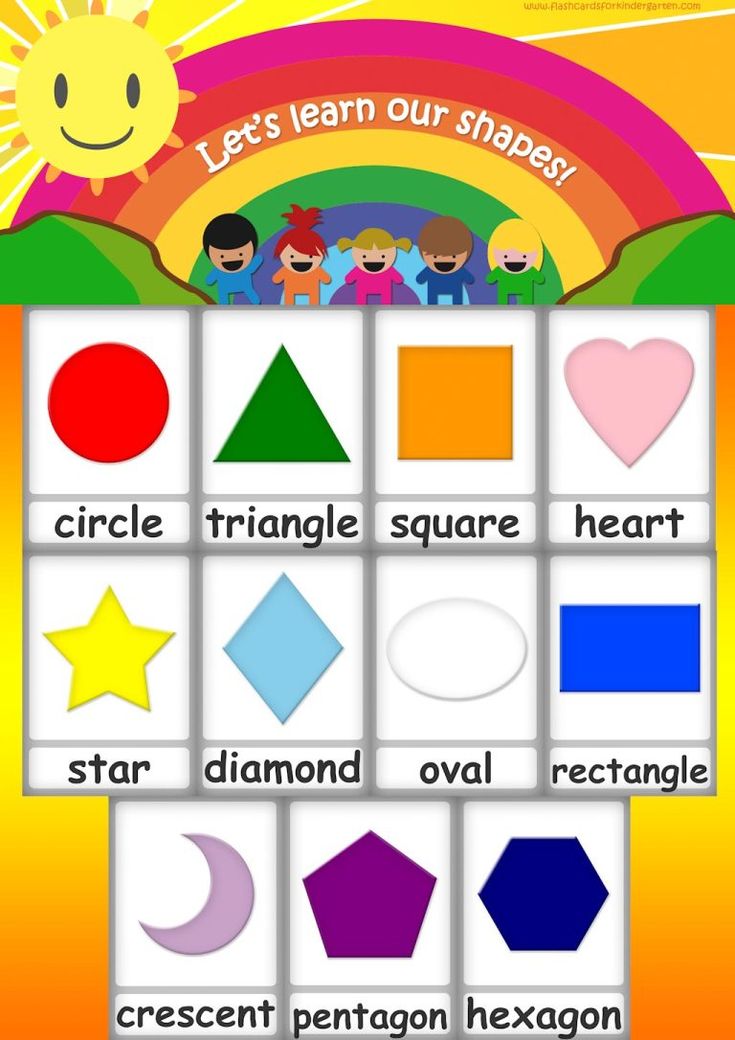 Just draw some shapes on pieces of paper and have your child find real-life objects to match the shapes.
Just draw some shapes on pieces of paper and have your child find real-life objects to match the shapes.
Learn more: Frugal Fun 4 Boys
18. Learn Shapes with Sticks
You and your child can venture out in nature and have your child pick up a few small sticks to create simple craft stick shapes. They will have a blast in nature as well as create these basic shapes.
Learn more: Toddler in Action
19. Shape Sensory Bottles
The little learners will have lots of sensory shape fun with this activity! These sensory bottles are super easy to make, and little ones can twist, flip, or shake the bottles to find the basic shapes. These bottles are perfect for center time or quiet time!
Learn more: Pocket of Preschool
20. Shape Clouds
Little ones will enjoy making clouds out of shapes. This activity is simple to create; all you need is a shape printable, glue, and cotton balls.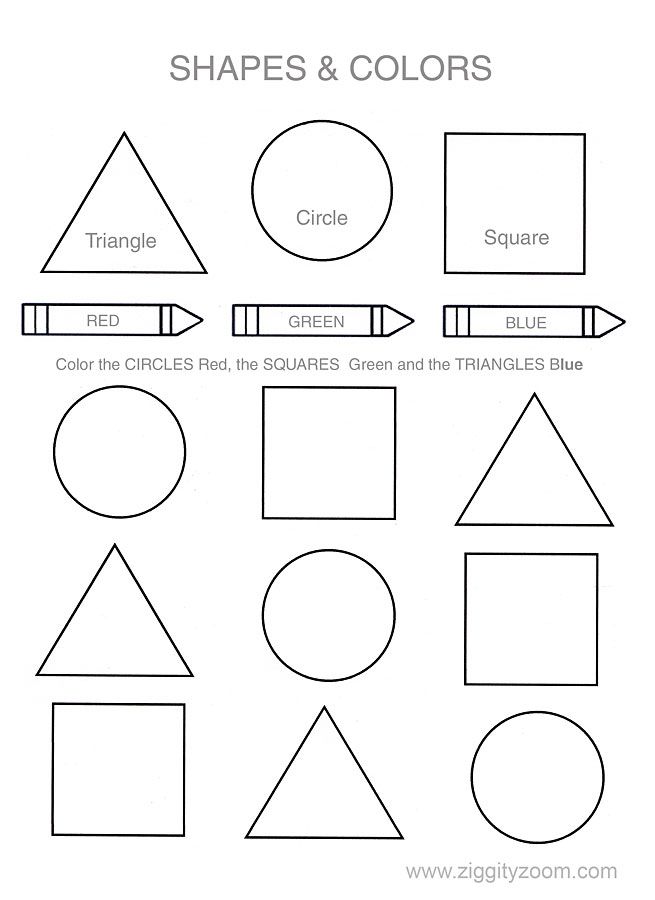 Let your little one create clouds of different shapes and have a blast doing so.
Let your little one create clouds of different shapes and have a blast doing so.
Learn more: Planning Playtime
21. Spaghetti Noodle Shapes
This free resource provides 10 shapes printables that will help your child strengthen motor skills while learning all about shapes. Your child will use cooked spaghetti noodles to outline the shapes. They will have a tremendous amount of fun completing this activity!
Learn more: Schooltime Snippets
22. Bubble Wrap Painting - Learning Shapes
Kids will love this bubble wrap painting activity, and they will learn about shapes. They will have a blast popping the bubbles and painting different shape patterns. Your child will also develop fine motor skills as well as improve hand and eye coordination.
Learn more: Learning 4 Kids
23. Sticky Shape Rainbow Activity
Purchase a large tub of foam sticker shapes, so your child can create a shape rainbow.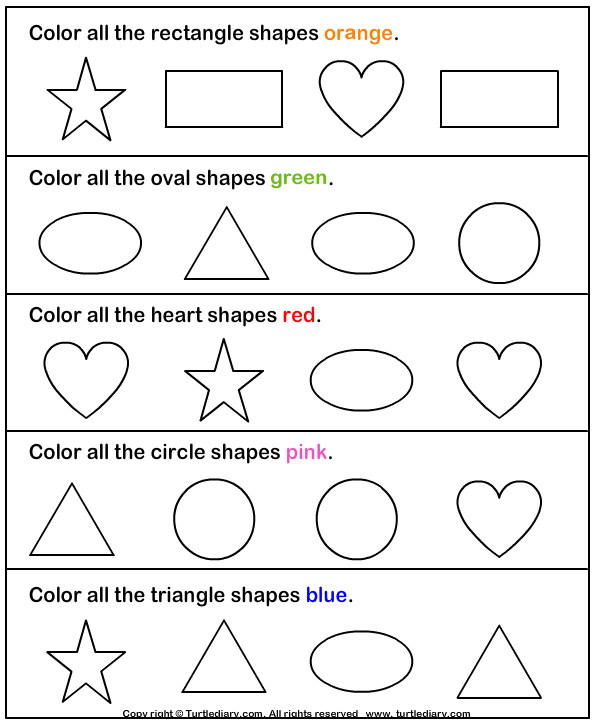 Draw the outline of a rainbow and put one shape of each color in a certain place on the rainbow outline and then allow your child to fill in the rest.
Draw the outline of a rainbow and put one shape of each color in a certain place on the rainbow outline and then allow your child to fill in the rest.
Learn more: Fun Learning for Kids
24. Magazine Shape Hunt and Sort
Are you searching for an engaging activity that will increase your child's fine motor skills and hand-eye coordination? If so, this is the perfect activity. It will also teach your child about shapes and encourage the use of critical thinking skills.
Learn more: Fun Learning for Kids
25. Preschool Pipe Cleaner Shapes Activity
This video will explain the preschool pipe cleaner shapes activity. This fabulous activity is perfect for 2-4-year-old children. It increases fine motor skills as well as hand-eye coordination. Your child will also learn about shapes, colors, and counting.
Learn more: Zaneta The Work At Home Mama
26. Build a Robot
Your child will learn about shapes while creating a cool robot! This engaging activity also develops cognitive skills and fine motor skills. Cut out the shapes and glue the robot together.
Cut out the shapes and glue the robot together.
Learn more: Fun House Toys
27. Magic Disappearing Shapes
Draw a variety of basic shapes on a coffee filter. Name a shape and have your child drip water over the correct shape. The shape will disappear, and you can move to the next shape. This activity is also terrific for fine motor practice!
Learn more: Gift of Curiosity
Lesson-game as a form of organizing cognitive activity in adolescents - Informio
The place of the game in a lesson or lesson can be assigned both during the repetition of previously studied, consolidation, and when studying new material. And also when spending minutes of rest, as a change in activities, as a form of psychological relief [3].
The role of the game in the classroom is great, especially the game is of great importance in the classroom, where it is necessary to interest children in the subject. The game is a specially organized activity that requires tension of emotional and mental strength.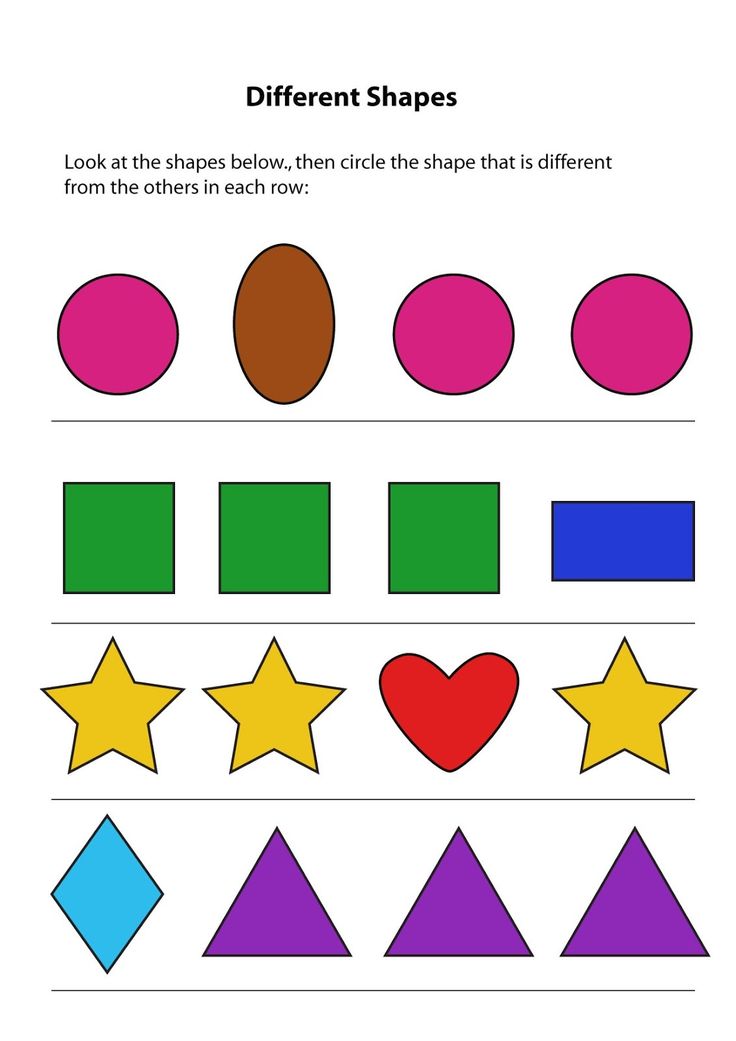 The game always involves making a decision - what to say, how to act, how to win, which undoubtedly sharpens the mental activity of the players. For children, the game is an exciting activity. It is feasible even for the weakest students. Moreover, a student who is weak in preparation can become the first in the game: resourcefulness and ingenuity here are sometimes more important than knowledge of the subject. The atmosphere of enthusiasm, a sense of the feasibility of tasks - all this enables the children to overcome shyness and has a beneficial effect on learning outcomes. The material is assimilated imperceptibly, and along with this, the children have a feeling of satisfaction that they can speak on an equal footing with everyone in the group.
The game always involves making a decision - what to say, how to act, how to win, which undoubtedly sharpens the mental activity of the players. For children, the game is an exciting activity. It is feasible even for the weakest students. Moreover, a student who is weak in preparation can become the first in the game: resourcefulness and ingenuity here are sometimes more important than knowledge of the subject. The atmosphere of enthusiasm, a sense of the feasibility of tasks - all this enables the children to overcome shyness and has a beneficial effect on learning outcomes. The material is assimilated imperceptibly, and along with this, the children have a feeling of satisfaction that they can speak on an equal footing with everyone in the group.
First of all, it is necessary to note the educational function of the game. The game, as a situational-variative exercise, creates the opportunity for repeated repetition of a speech sample in conditions as close as possible to real speech communication.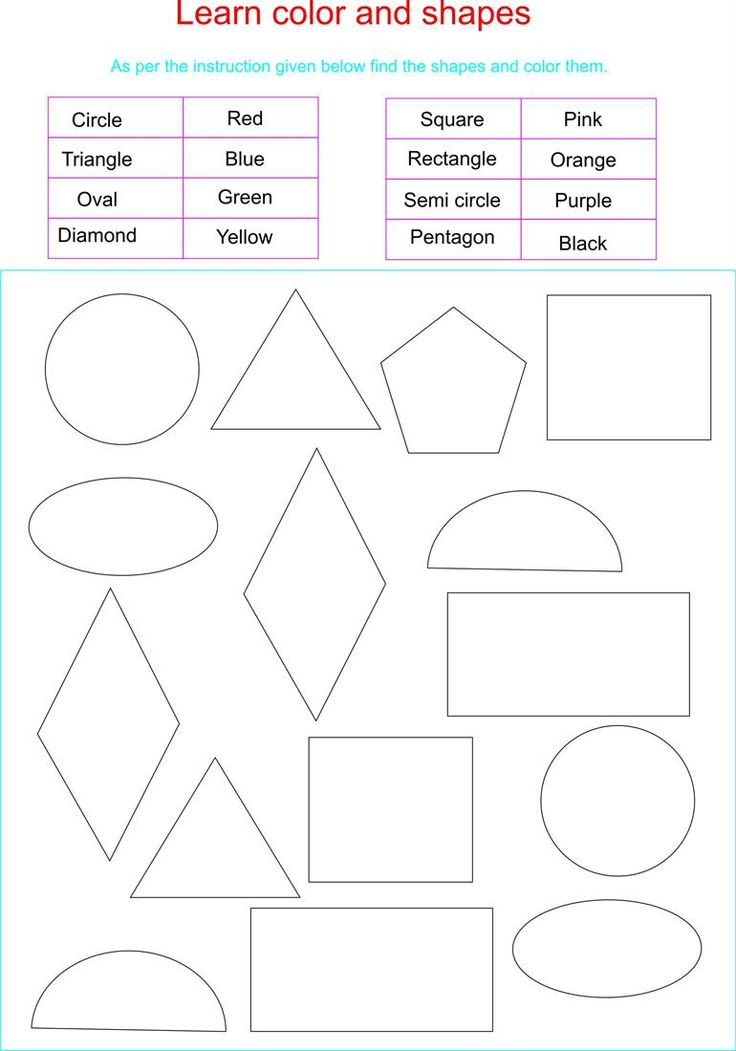 In the game, the abilities of the child are manifested especially fully and sometimes unexpectedly.
In the game, the abilities of the child are manifested especially fully and sometimes unexpectedly.
Theoretical study of the forms of organization of students' cognitive activity.
The full realization of the objectives of the training session without organizing a certain structure of relations between the participants in the learning process, without special planning of these relations is difficult, and sometimes impossible.
The form of organization of cognitive activity in interaction with the content of educational material and teaching methods constitute the material basis of the learning process.
Through the form of organization of cognitive activity, the task of activating the cognitive activity of students at any level of assimilation is solved: acquaintance with new educational material, reproductive, creative.
Forms of organization of cognitive activity:
- individual-isolated form. It takes place in the case when the content of the educational material is quite accessible for independent study of schoolchildren.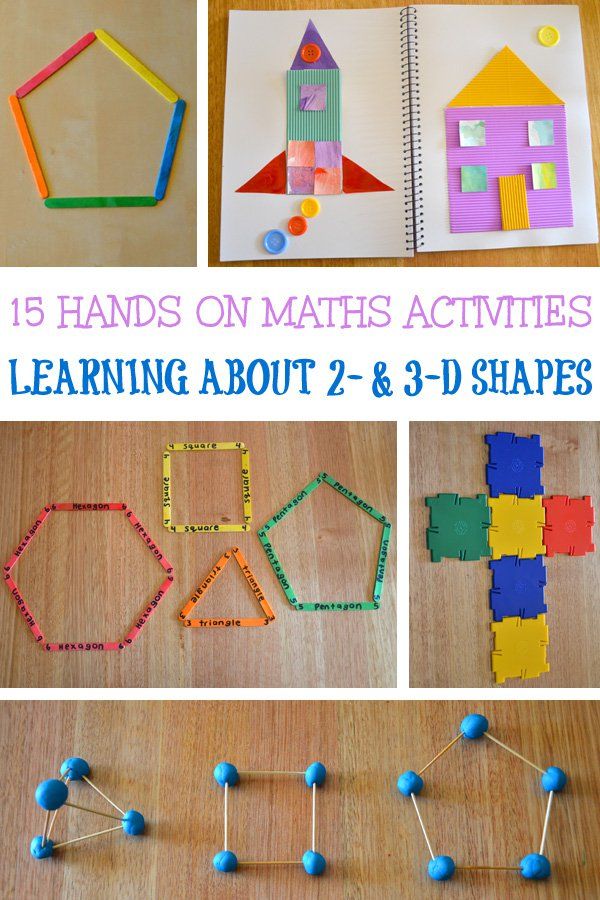 The cognitive task in this case does not appear before the class as a general one and is solved by the individual efforts of each student independently, without his direct communication with other students. The individual form is especially successfully used during the independent solution of problems in physics, chemistry, mathematics, independent performance of written exercises in the Russian language, foreign languages.
The cognitive task in this case does not appear before the class as a general one and is solved by the individual efforts of each student independently, without his direct communication with other students. The individual form is especially successfully used during the independent solution of problems in physics, chemistry, mathematics, independent performance of written exercises in the Russian language, foreign languages.
- frontal form of cognitive activity. It involves the simultaneous performance of common tasks by all students of the class in order to achieve a common cognitive task. This is the most common form of organizing cognitive activity: it is used in lessons, seminars, excursions, conferences, and in many other specific types of training sessions.
- group form of organization of cognitive activity. The organization of such training sessions in which a single cognitive task is set for a certain group of schoolchildren. The size of the group is different, depending on the content and nature of the work, it ranges from 2 to 6 people, but no more, because in larger groups it is impossible to ensure the active work of all members of the group.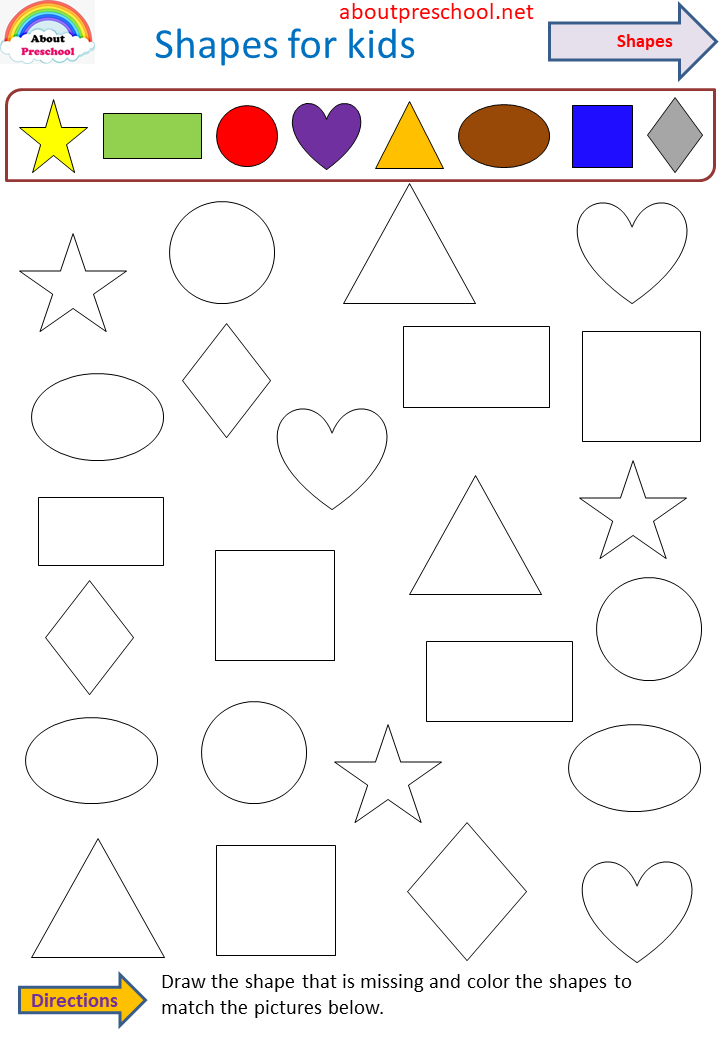
- a collective form of cognitive activity of students. This is a form in which the team trains each of its members, and at the same time, each member of the team takes an active part in the training of all its other members. If all members of the team teach everyone, then such educational work is collective. But what does it mean that all team members participate in learning? This means that each member of the group (collective) acts as a teacher. Therefore, the essence of collective learning can be formulated as follows: everyone teaches everyone, and everyone teaches everyone. With collective learning, if it is truly collective, what one knows, everyone should know. And on the other hand, everything that the collective knows should become the property of everyone.
- work in pairs. Here the general task is divided among the members of the microgroup. Everyone asks everyone, everyone answers everyone. There is a situation of collective interaction of all members of the group.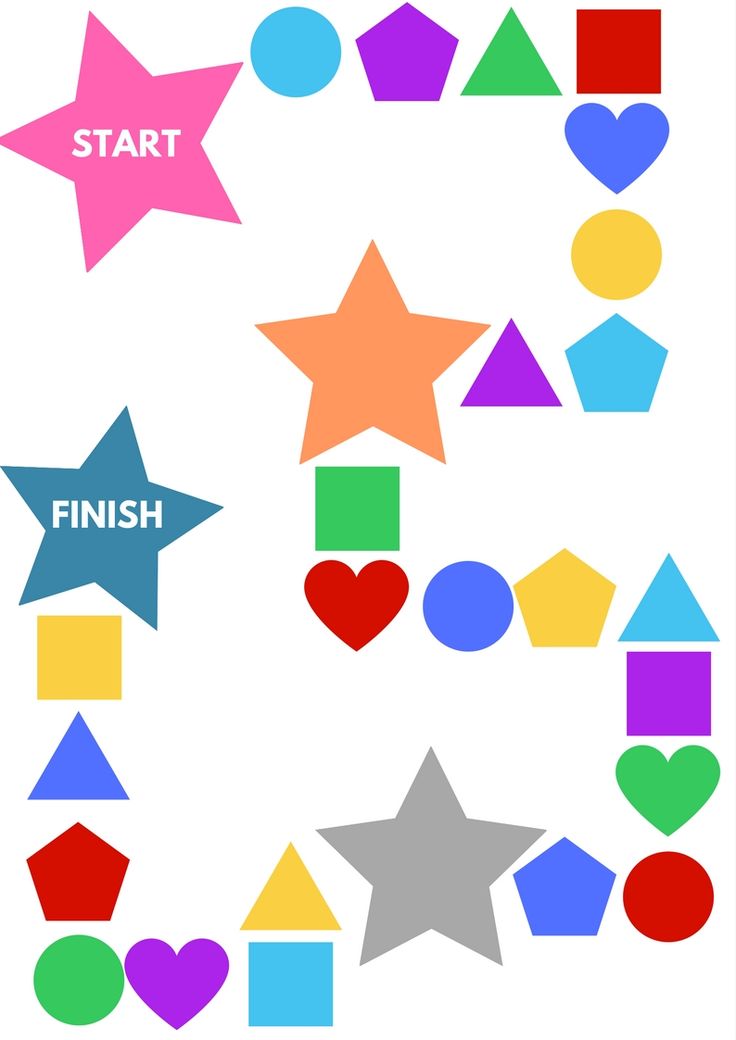 The most widespread in the school was a microgroup of 4 people, which unites students from neighboring desks. At each moment, half of the students are talking and the rest are purposefully listening, then the roles change. This is a school of learning for everyone.
The most widespread in the school was a microgroup of 4 people, which unites students from neighboring desks. At each moment, half of the students are talking and the rest are purposefully listening, then the roles change. This is a school of learning for everyone.
- game as an activity of a student in a lesson. The activity of the student is manifested in the desire to learn new things, start a game, reproduce the activities of adults in it, make contact with other children, help the elders, and do something on their own. However, activity becomes a property of the personality only when its upbringing, which consists in the constant involvement of the student in the versatile activities of the team, begins from an early age. Activity will develop and intensify on the condition that the participation of the student in the general work turns out to be necessary and useful, and to play that at all stages his work will receive a proper encouraging assessment. The most complete activity of the schoolchild is manifested especially in the creative game - the free activity of the child - when he independently chooses the plot, takes on a certain role, uses objects at will, regardless of their purpose..jpg)
Gaming activity is a sphere of human activity in which a person does not pursue any other goals, except for obtaining pleasure, pleasure from the manifestation of physical and spiritual forces [1].
The word "game" is not a scientific concept in the strict sense of the word. Perhaps it is precisely because a number of researchers have tried to find something in common between the most diverse and different-quality actions denoted by the word "play", so far we do not have a satisfactory distinction between these activities and a satisfactory explanation of the different forms of play [2].
Psychological and pedagogical requirements for the lesson-game and the conditions for its implementation
The central place in pedagogy and methodology is occupied by the problem of activating the learning process. It is associated with the search and use of effective teaching methods in the classroom, the use of various forms of education that provide the student with an active position in learning activities, stimulating his mental activity.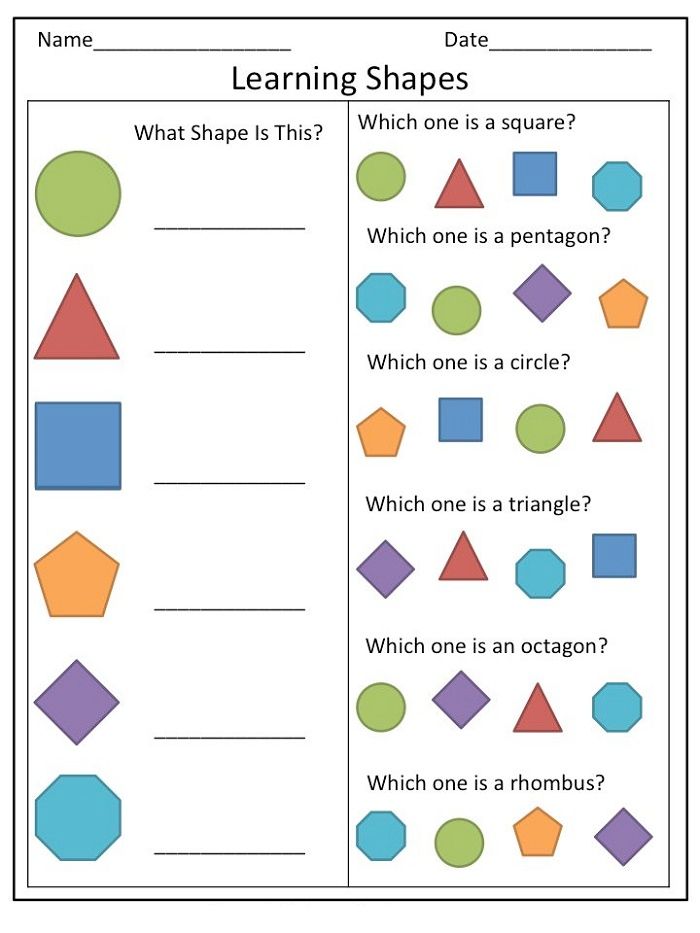 One of these forms is the game. The pedagogical significance of the game is very diverse and covers almost all aspects of the development of the student's personality. Researchers of play activity emphasize its unique capabilities in the physical and moral education of adolescents, especially in the formation of collectivistic personality traits, the development of cognitive interests, the development of will and character, sensory development, and the formation of the ability to navigate in the surrounding reality. Education is carried out through active forms. In the learning process, it is important to ensure the emergence of positive emotions of students for learning activities, for its content and forms of implementation, for students to comprehend and memorize educational information to become more effective [4].
One of these forms is the game. The pedagogical significance of the game is very diverse and covers almost all aspects of the development of the student's personality. Researchers of play activity emphasize its unique capabilities in the physical and moral education of adolescents, especially in the formation of collectivistic personality traits, the development of cognitive interests, the development of will and character, sensory development, and the formation of the ability to navigate in the surrounding reality. Education is carried out through active forms. In the learning process, it is important to ensure the emergence of positive emotions of students for learning activities, for its content and forms of implementation, for students to comprehend and memorize educational information to become more effective [4].
Play activity, like any activity, must be motivated in the classroom, and students must feel the need for it. A large role in this is assigned to the teacher, who must take into account the individual characteristics of students: character, temperament, perseverance, organization, discipline, will, well-being of each participant in the game.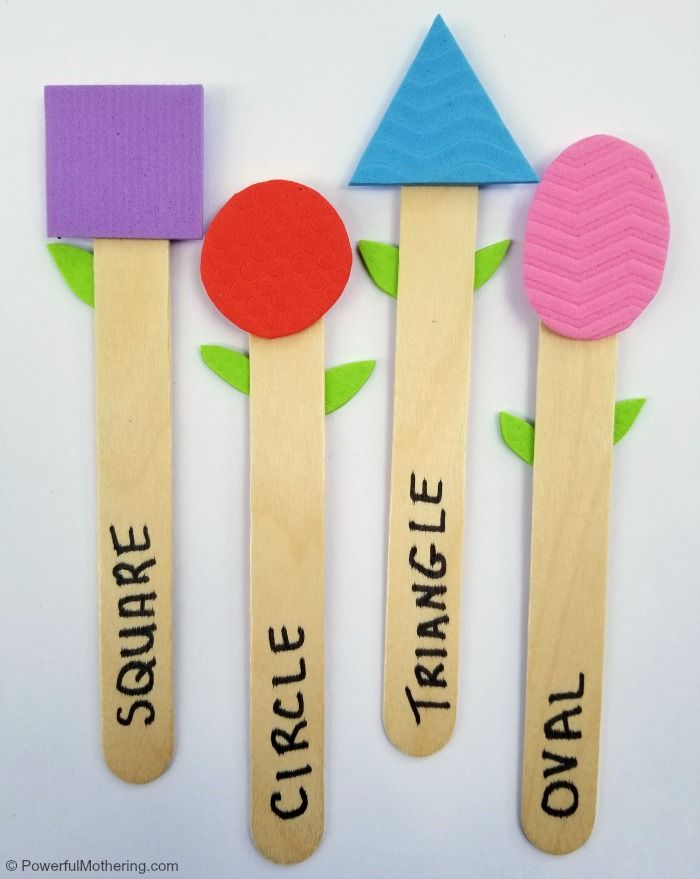 The psychological mechanisms of play activity are based on the fundamental needs of the individual in self-expression, self-determination and self-realization. The requirements of a socio-psychological nature imply a combination of conditions that ensure the interaction, communication and cooperation of the participants in the game. The content of the educational game should be interesting and meaningful for its participants, and any game action should end with a certain result that is valuable to them. The game action should be based on the knowledge, skills and abilities acquired in the classroom, and provide an opportunity for students to make rational and effective decisions, while critically evaluating themselves and others. One of the most important socio-psychological requirements is the combination of the game with the practice of real communication.
The psychological mechanisms of play activity are based on the fundamental needs of the individual in self-expression, self-determination and self-realization. The requirements of a socio-psychological nature imply a combination of conditions that ensure the interaction, communication and cooperation of the participants in the game. The content of the educational game should be interesting and meaningful for its participants, and any game action should end with a certain result that is valuable to them. The game action should be based on the knowledge, skills and abilities acquired in the classroom, and provide an opportunity for students to make rational and effective decisions, while critically evaluating themselves and others. One of the most important socio-psychological requirements is the combination of the game with the practice of real communication.
Original publication (Read the work in full): Lesson-game as a form of organizing cognitive activity in adolescents
Official website of St.
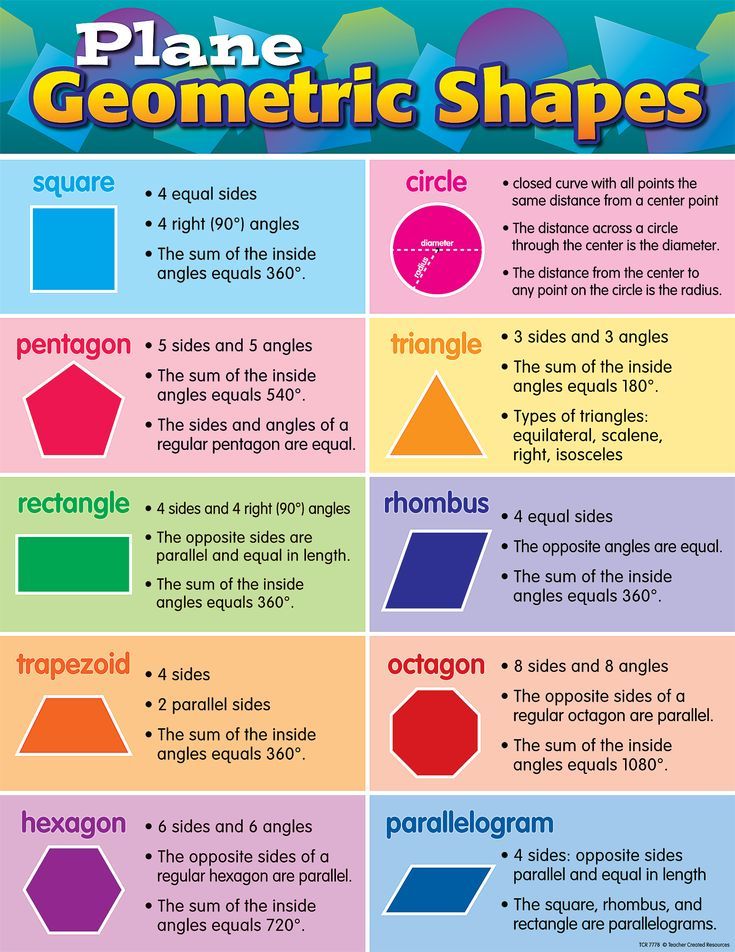 Petersburg GBPOU "Petrovsky College"
Petersburg GBPOU "Petrovsky College" Details
Insurance business
The specialty “INSURANCE BUSINESS” is an excellent career for a young, enterprising person!
Read more
Law and organization of social security
The specialty "LAW AND ORGANIZATION OF SOCIAL SECURITY" is the right step towards a successful career of a modern person!
Read more
Economics and accounting
Specialty "ECONOMY AND ACCOUNTING": exact science - exact result!
Read more
Logistics Operations
Specialty "Logistics Operations" - education that employers need today!
More
Computer systems and complexes
Specialty "COMPUTER SYSTEMS AND COMPLEXES" - a window into the world of computer technologies!
More
Welding
Specialty "WELDING": advanced technologies and respected craft - the key to tomorrow's well-being!
More
Welding
Specialty "WELDING": advanced technologies and respected craft - the key to tomorrow's well-being!
More
Design (by industry) in industry
Specialty "DESIGN" - create your own world!
Details
Network and system administration
Specialty "NETWORK AND SYSTEM ADMINISTRATION"
Details
Computer systems and complexes
Specialty "COMPUTER SYSTEMS AND COMPLEXES" - a window into the world of computer technologies!
Read more
Tourism
Specialty "Tourism" - a guarantee of employment anywhere in the world!
More
Rational use of natural resources
The specialty "Sustainable use of natural resources" is one of the ten most prestigious professions of the future.